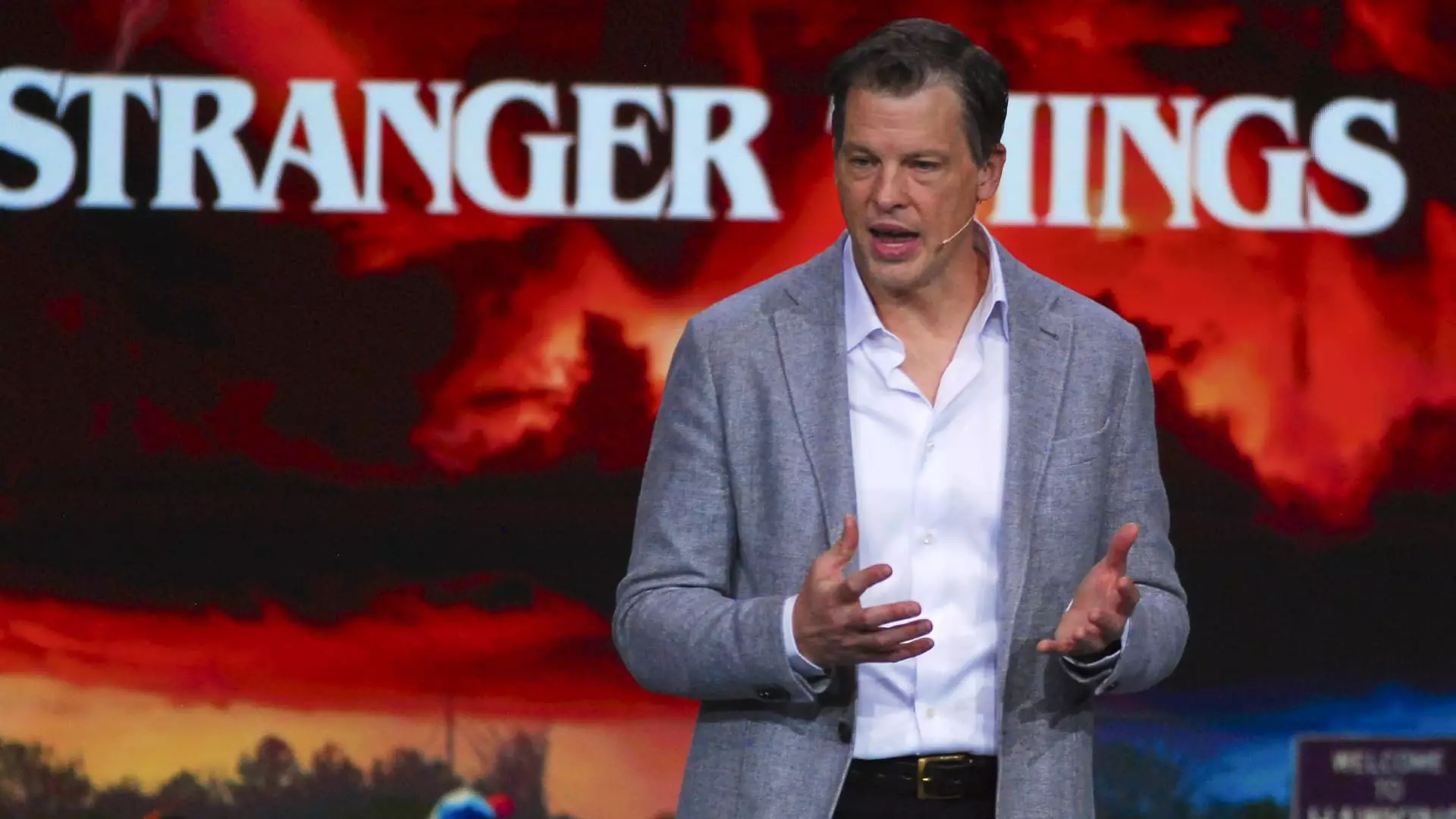Netflix executives recently expressed unyielding confidence in their business performance despite the prevailing economic turmoil. Their optimistic proclamations, however, seem to paint a façade of success that conceals a more precarious reality. While the company’s first-quarter operating margin of 31.7% surpassed the analyst expectations of 28.5%, such victories come with caveats. The projections for the upcoming quarter, although promising at 33.3%, still do not alter the long-term outlook, revealing a reluctance to embrace the vulnerabilities of the current economic landscape. This reserved approach suggests that Netflix may not be as insulated from the economic downturn as its executives claim.
Quiet Concerns Beneath the Surface
The decision to refrain from modifying long-term projections is telling. In a business environment where consumer sentiment has plummeted to levels unseen since 1952, Netflix is reluctant to forecast its trajectory for the latter half of the year. The implications of President Trump’s new tariff policies add layers of complexity that could ripple through American spending habits. Although Netflix has historically weathered economic slowdowns—portrayed as a bulletproof refuge for home entertainment—it remains essential to question whether this resilience can endure prolonged economic strain. Given that a Netflix subscription is relatively affordable at $7.99 (even with ads), the service may be viewed as a safe haven for cash-strapped consumers. Nonetheless, the potential for higher churn rates looms as an ominous specter.
Subscriber Numbers: A Veiled Mystery
One significant shift in Netflix’s reporting practices is its discontinuation of the quarterly subscriber count. This change raises eyebrows and invites suspicion. The absence of transparency in tracking subscriber growth suggests an attempt to obscure potential downturns in customer retention. While first-quarter revenue aligned with expectations at $10.5 billion, and second-quarter forecast edged upward to $11 billion, the interpretation of these figures may vary. The focus on revenue instead of subscriber metrics hints at a possible strategy to divert attention from underlying issues. Co-CEO Greg Peters emphasized stable retention, yet in times of economic hardship, even minor fluctuations in plan preferences can greatly impact subscriber loyalty.
Resilience or Stagnation?
The self-assuredness displayed by Netflix’s leadership may lead to a crippling blindness toward realities that require urgent attention. Economic pressures have a way of rapidly altering consumer priorities and spending habits. The notion that entertainment is a “cheap form of leisure” may be true, but it disregards the possibility of budgeting constraints wherein consumers might opt to reprioritize or eliminate subscriptions altogether. In a world where disposable income shrinks, the appeal of streaming services may suffer. If Netflix’s growth stalls and it faces retention issues, the so-called resilience could soon turn into stagnation.
In closing the gap between assertive communications and economic realities, Netflix must maintain vigilance, as even giants can crumble when caught off-guard by the shifting tides of consumer behavior.


Leave a Reply